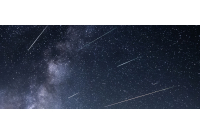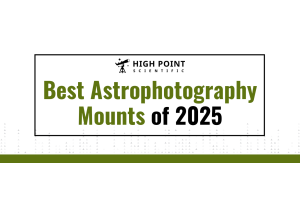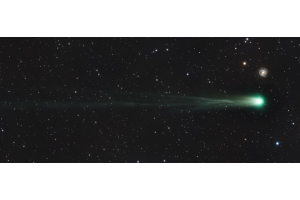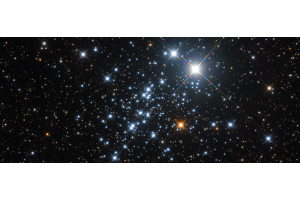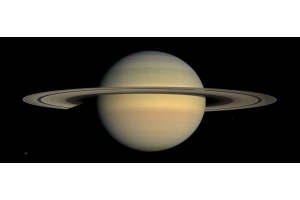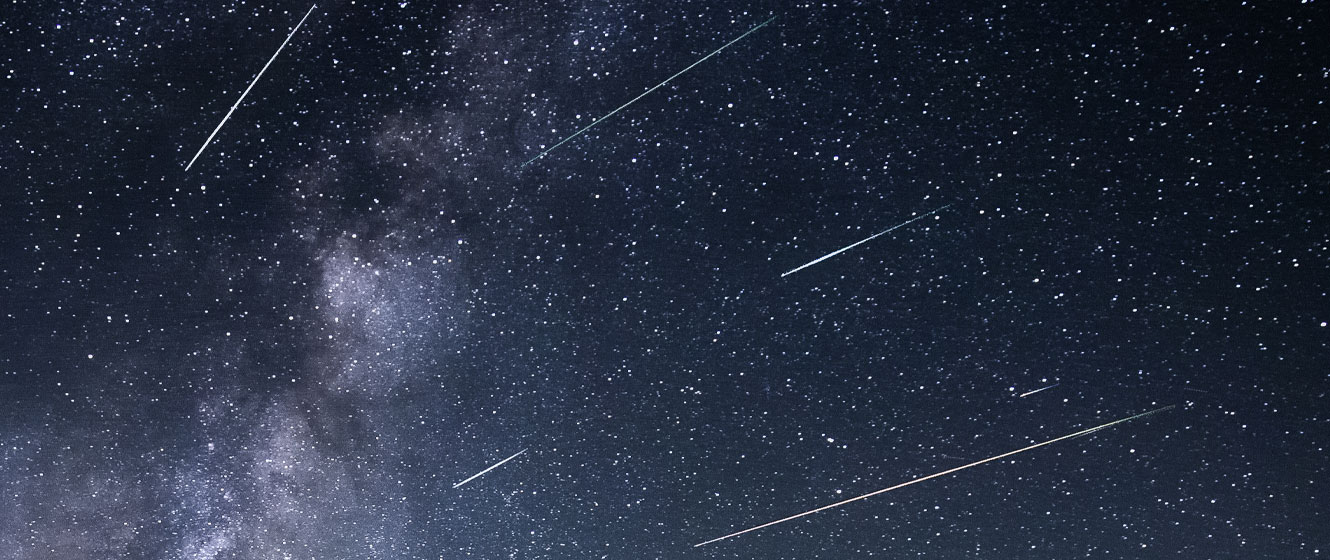
Shooting stars, or meteors, to give them their scientific name, have remained a source of wonder and speculation for thousands of years. They can appear randomly and without warning on almost any given night, but there are times when there seem to be far more than usual. So what is a meteor shower? What does it look like? And what’s the best way to see one?
What is a Meteor Shower?
Let’s start with the basics. Meteoroids are fragments of rock, perhaps no more than a meter wide, that enter the Earth’s atmosphere. As these rocks are traveling at tremendous speed, the friction generates so much heat that the rock then burns up and we see a meteor, or shooting star.
A staggering 25 million meteoroids enter the Earth’s atmosphere every day, but you’ll only see a tiny fraction of those. The vast majority will enter the atmosphere over the ocean or an unpopulated area. And, of course, half the Earth is in daylight, and many of the meteors will simply be invisible against the background sky. Realistically, if you’re under dark skies, you could expect to see anywhere between 2 and 7 meteors an hour on any given night.
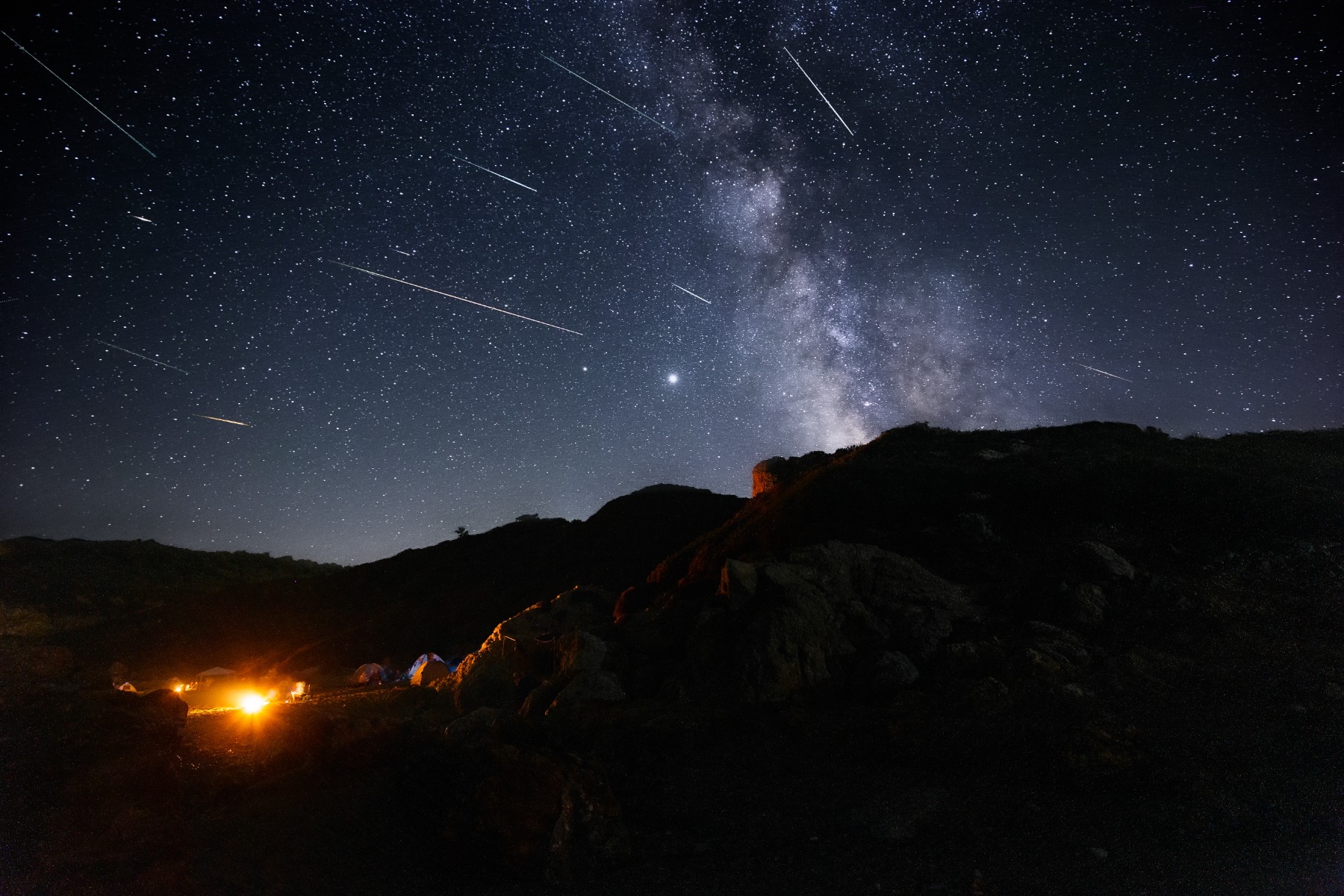
A meteor shower occurs when we see more shooting stars than usual. This is due to the Earth moving through a cloud of meteoroids as it orbits the Sun. In almost all circumstances, these clouds are actually trails of dust and particles left behind by comets as they also orbit the Sun.
As the Earth moves through the cloud, the meteoroids it encounters burn up in the atmosphere as meteors. Observers are more likely to see these meteors after midnight as the morning side of the Earth is also the leading edge that’s moving directly into the cloud.
It’s worth knowing that the phrase “meteor shower” is something of a misnomer. You won’t literally see a shower of shooting stars raining down from the skies above (although, on extremely rare occasions, that has happened) but rather a higher-than-average number of meteors at that shower’s peak.
Depending on the shower, you could see anything up to 10 or 15 times more meteors than on a regular night, with the most active showers potentially producing over 100 shooting stars an hour.
There are currently over 100 officially recognized meteor showers with additional potential showers still being identified.
So how do astronomers know if a meteor is part of a shower or simply a regular shooting star?
How Do You Spot A Meteor Shower?
Essentially, a meteor shower has two defining characteristics:
- The meteors appear to originate from the same area of the sky
- The increase in meteors occurs at around the same time every year
The area of sky the meteors appear to originate from is called the radiant, and showers will usually take their name from that same area. For example, the famous Perseid meteors appear to originate from the constellation Perseus. Where two or more showers originate from the same constellation, showers are often named after a nearby bright star. For example, the Alpha Centaurids have their radiant near Alpha Centauri.
The other characteristic - an increase in meteors at around the same time every year - can obviously take years to prove. It requires astronomers from all over the world to monitor the sky at the same time each year to confirm the shooting stars are indeed originating from the same area on a regular basis.
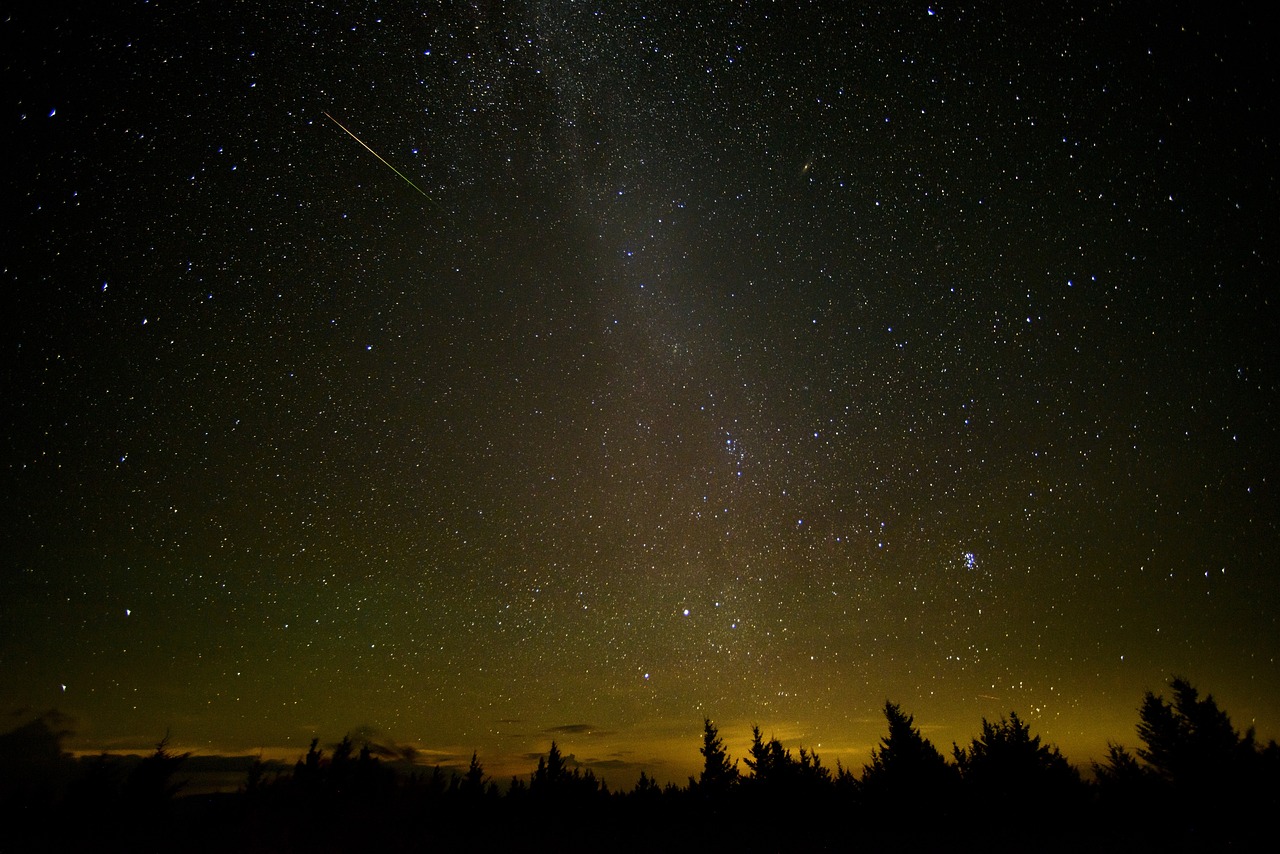
If you see a shooting star, trace its path backward and see which constellation it appeared to originate from. Then check a guide or online resource to see which shower - if any - that meteor might belong to.
When Do The Best Meteor Showers Occur?
As the clouds of comet debris remain in the same position in relation to the Earth, the Earth encounters the same cloud at the same time every year. Plus, every time the parent comet swings by the Sun, it renews the cloud with fresh meteor material. As long as the comet exists and remains in its orbit, the cloud is renewed.
However, not every cloud (or meteor shower) is the same and some showers produce far more meteors than others. As such, showers are categorized into one of four classes:
- Major meteor showers - these typically average ten or more meteors an hour and are usually the ones you’ll hear about in the media.
- Minor meteor showers - these showers will average between two and ten meteors an hour.
- Variable meteor showers - these can put on a good show on rare occasions, but otherwise they’re usually quite weak.
- Weak meteor showers - on average, these showers will produce less than two meteors an hour. Some are too weak and faint to be seen with the naked eye and are detected using more advanced technology.
Clearly then, the best meteor showers will fall into the first class and be a major meteor shower. Of these, there are four that average more than 50 meteors an hour:
*ZHR (Zenith Hourly Rate) - this is the maximum number of meteors you might see under ideal conditions. For this to happen, you would need to be at a dark location on a moonless night and with the radiant directly overhead. Since the vast majority of meteor showers are best seen in the morning hours, this usually isn’t the case!
Of these four, the Quadrantids are only at their peak for a few hours on the relevant date so your location will need to be in darkness at that time. The Eta Aquarids are a non-starter as the constellation Aquarius doesn’t rise until close to dawn for northern hemisphere observers.
This leaves the Perseids and Geminids. The Perseids have always been the most reliable shower and the brightest (but not the majority) can be seen from suburban locations. However, the Geminids have increased their activity in recent years and are currently the better option.
Besides producing more meteors, the Geminids peak in mid-December, when the nights are longest. As a bonus, the constellation Gemini rises early in the evening and the meteors can be quite bright, giving you plenty of opportunities to see a few shooting stars.
Compare that to the Perseids: as that shower peaks in August, the nights may be warmer, but they’re also shorter and the constellation Perseus doesn’t rise until around midnight.
The Top 5 Tips For Observing a Meteor Shower:
- Beware of the Moon: The Moon’s light can brighten the sky and drown out the fainter stars and meteors. Ideally, the best time to look for shooting stars is when the Moon is less than half full (ie, between new and first quarter or between last quarter and new Moon). Also, if you’re only going outside for a short while, try to pick a time when the Moon is close to (or below) the horizon.
- Leave the telescope at home: If you only want to observe the meteor shower, then you won’t need to bring any equipment - or at least, nothing astronomy-related! You only need your eyes to see shooting stars. Meteors can appear without warning in any part of the sky, so you’ll want to see as many of them as possible. Binoculars and telescopes severely limit your view - and, as a result, the number of shooting stars you’ll see.
- Get away from any lights: Just as the Moon brightens the sky, so do the lights of a nearby town or city. As with all aspects of astronomy, it’s a good idea to get as far away from those lights as possible. However, make sure the location you choose is safe, and if it’s private property, get permission from the owner first!
- Don’t look directly at the radiant: This sounds counter-intuitive at first, but you’ll see more shooting stars if you don’t look directly at the radiant. Very few meteors will appear at the center of the radiant, but will appear elsewhere and seem to radiate away from it instead. However, if you trace its path back, its point of origin should lie fairly close to the radiant. This will also help you identify a genuine member of the shower, rather than a random meteor.
- Plan for the night: If you intend to spend several hours - or even the entire night - under the stars, it’s always a good idea to bring a few essentials with you. For example, wear layers, even in the summer, as it will help to keep you warm. Similarly, bring a hot drink and also snacks in case you get hungry. Most importantly for meteor observing, bring a reclining garden chair. You can then lie back, relax and not worry about having an aching neck the next morning!

Learn More
Interested in learning more about meteor showers? Not sure where to begin? Check out our Astronomy Hub!
This Article was Last Updated on 08/14/2023





